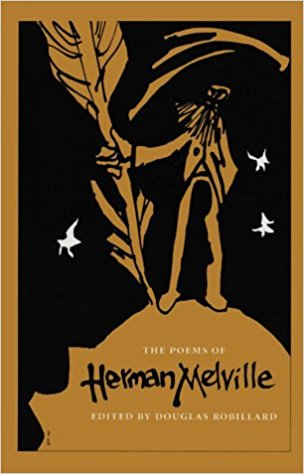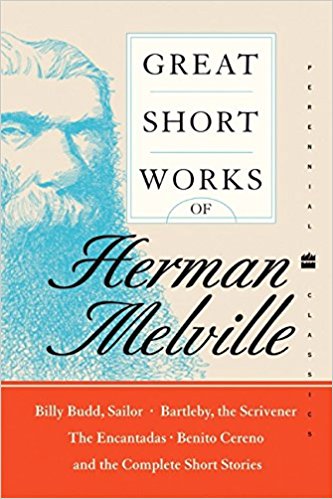Audio
Track:
About
Melville’s first inspiration to write came from his experiences at sea in 1845. In an attempt to support his family, Melville became an articled clerk on a ship, and was even held captive by Typee natives for three weeks. His time in captivity inspired him to write his first novel, Typee: A Peep at Polynesian Life, which was wildly successful.
Melville’s second novel, Omoo, was also very successful, but with his third novel, White-Jacket, he began to lose popularity. Casual readers seemed to realize that Melville’s novels were not simple adventure tales, but that they shrouded dark philosophical and spiritual thoughts. By the time Moby-Dick, or the Whale was published, Melville had fallen into obscurity and disfavor. Several novels followed, but his popularity continued to dissolve, and publishers became more and more resistant to publishing his works.
In 1857, Melville stopped writing fiction and moved back to New York City (he had lived in New York City in 1847 after marrying, but soon after had moved his family to the Berkshires for seclusion to write). While he worked as a customs inspector, he began to write poetry. The Civil War had a deep impact on Melville and his poetry, much as it did on his contemporary Walt Whitman. (Whitman and Melville were born the same year and died one year apart.) According to Poets.org: “With so many family members participating in various aspects of the war, Melville found himself intimately connected to events, and also sought out conflict for himself. He observed the Senate debating secession during a visit to Washington D.C. in 1861, and made a remarkable trip to the front with his brother in 1864.”
In 1866, his book of verse Battle-Pieces and Aspects of the War was published. In fact, this was Melville’s first book of poetry, subtitled “A Meditation.” Many critics name this book as equal in literary value to Melville’s novels. Some critics even consider Melville to be the first modernist poet in the United States. Other poetry collections include Clarel: A Poem and a Pilgrimage (1876), John Marr and Other Sailors (1888), and Timoleon (1891).
Melville’s novella Billy-Budd, Sailor, published posthumously in 1924, began as a poem, and Melville reworked it into a short story, left unfinished with his death in 1891.
After his death, Melville’s work was still largely ignored and finally received acknowledgement and revival in the 1920s.
–Christie Finn
Related Information
Songs
Billy in the Darbies
Ernst Bacon
Herman Melville
Departed the Pride, and the Glory of Mardi
Robert Helps
Herman Melville
Song Collection: Two Songs
Her Bower is not of the Vine
Robert Helps
Herman Melville
Song Collection: Two Songs
Shiloh: A Requiem
Hugo Weisgall
Herman Melville
Song Collection: Soldier Songs
Two Songs
Song CollectionRobert Helps
Herman Melville
War Songs, op. 7
Song CollectionLowell Liebermann
Herman Melville
Books

The Poems of Herman Melville

Great Short Works of Herman Melville

American Renaissance: Art and Expression in the Age of Emerson and Whitman
Centering his discussion around five of its literary giants--Emerson, Thoreau, Hawthorne, Melville, and Whitman--Matthiessen elucidates their conceptions of nature and the function of literature, and the extent to which these were realized in their writings. The breadth of the book lies in the author's use of the five-year period from 1850 to 1855 as a focal point in interpreting what went before and what followed in the development of our prose and poetry.

